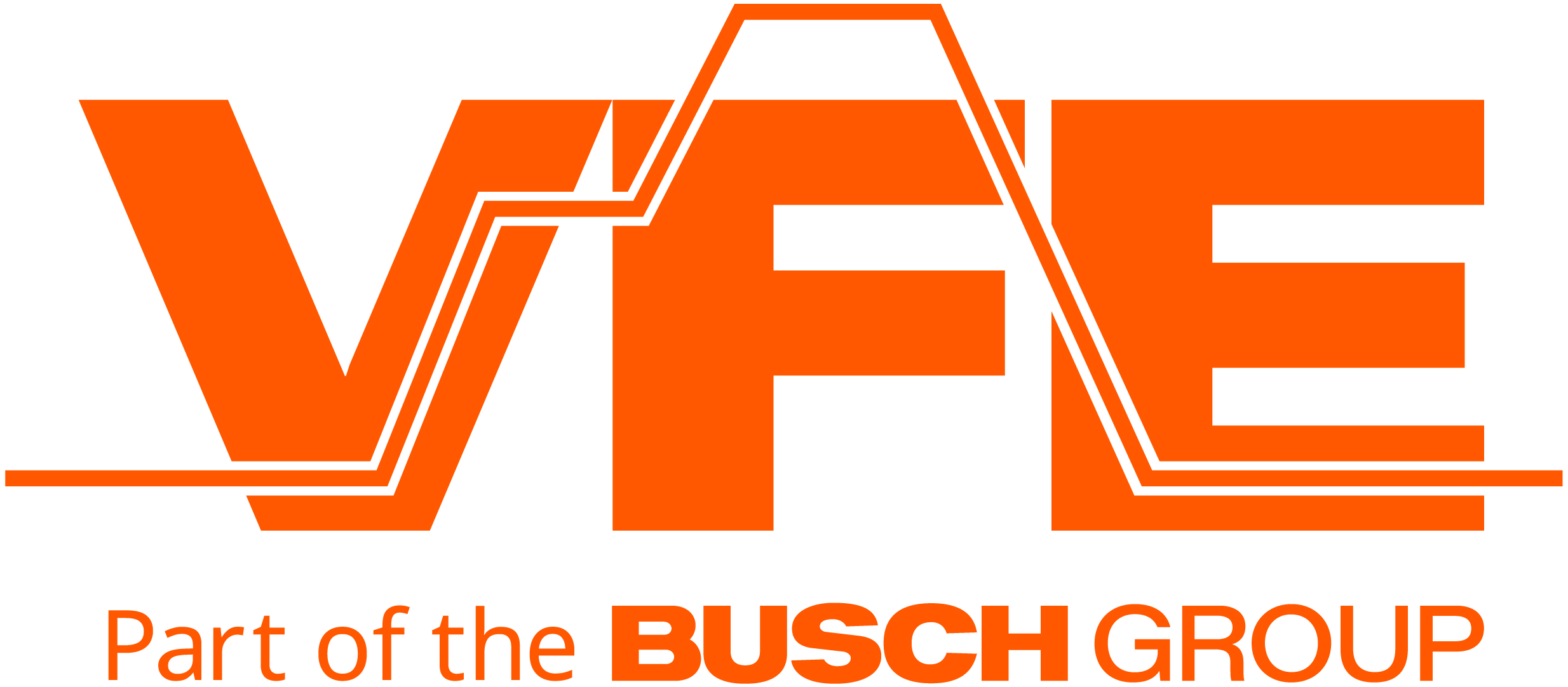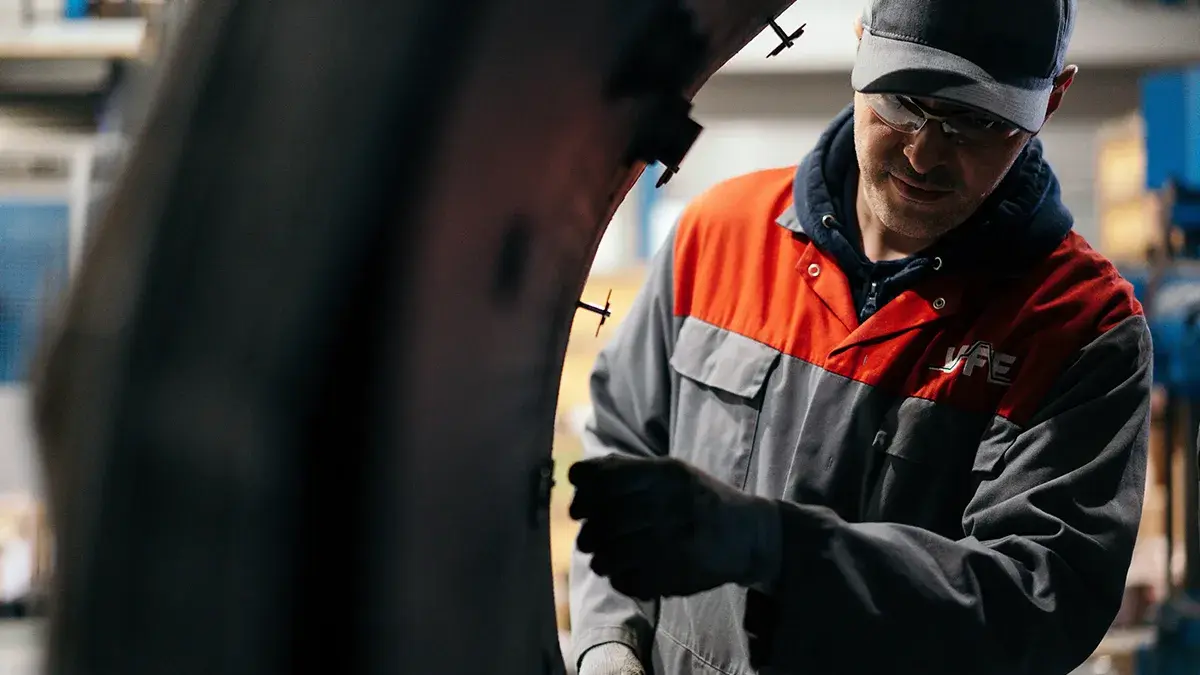The hot zone is the heart of your vacuum furnace, responsible for ensuring uniform heating and minimizing heat loss. However, over time, its lining can degrade, leading to inefficiencies that cause your furnace to waste heat and consume more energy. This not only inflates your energy costs but also hinders your sustainability efforts and affects the quality of the components being produced.
Understanding how a worn-out hot zone impacts energy usage, recognizing the signs that indicate it's time for a reline, and thus improving the furnace’s efficiency are essential steps. By taking proactive measures, you can ensure that your furnace operates at peak performance while contributing to energy savings and environmental goals.
What causes hot zone degradation?
The hot zone is the core of your vacuum furnace, crucial for maintaining the precise temperatures needed for effective processing. It minimizes heat loss and ensures uniform heating throughout the furnace chamber. However, over time, various factors can degrade the hot zone lining, leading to inefficiencies and higher energy consumption.Here are the common reasons for hot zone degradation:
- Thermal cycling
Repeated heating and cooling cycles cause thermal expansion and contraction, leading to wear and tear on insulation materials, metal components, and ceramics, contributing to material fatigue.
- Prolonged high temperatures
Continuous exposure to extremely high temperatures breaks down insulation materials, reducing their effectiveness and causing heat loss.
- Oxidation and contamination
Even in a vacuum, traces of oxygen or contaminants can infiltrate the hot zone, causing oxidation or contamination that deteriorates materials over time.
- Mechanical stress
Vibration, misalignment, or improper handling of furnace components can lead to physical damage, compromising the integrity of the hot zone.
There are also additional application-specific reasons which can contribute to hot zone degradation:
- Powder metallurgy and sintering applications
The buildup of fine particles from sintering or powder processes accumulates on the hot zone lining, leading to contamination and increased wear.
- Quenching processes
The introduction of high-pressure gases during the quenching process creates a turbulent environment in the furnace, leading to gas erosion, which contributes to the wear and tear of the hot zone lining.
- Heat treating of reactive metals (e.g., titanium)
Processing reactive metals in the furnace can lead to chemical reactions with the hot zone materials, causing localized degradation and loss of performance.
- Ceramics manufacturing
High-temperature processes for ceramics introduce abrasive particles that wear down the hot zone insulation, reducing efficiency and speeding up degradation.
How hot zone degradation drives up energy costs and affects vacuum performance
When the hot zone of a vacuum furnace degrades, it directly impacts energy efficiency, leading to higher operational costs. As insulation materials break down due to factors like thermal cycling or prolonged high temperatures, the furnace loses its ability to retain heat effectively. This means the furnace heating system must work harder and consume more energy to maintain the required temperatures.Additionally, issues like oxidation and contamination can reduce the hot zone's insulating properties, causing uneven heating and longer processing times. Mechanical stress and material fatigue further compromise the structural integrity of the hot zone, forcing the heating system to compensate, leading to even greater energy consumption.
A degraded hot zone doesn’t just drive-up energy costs—it can also compromise your vacuum system’s performance. Issues such as increased outgassing, contaminant buildup, and seal degradation caused by a degraded hot zone make it harder for pumps to maintain optimal pressure levels. This leads to longer pump-down times, higher maintenance, and potential pump failures. For more insights into how hot zone degradation impacts vacuum performance and what remedial action can be taken, read our article on how hot-zone degradation affects vacuum performance.
Recognizing the signs of hot zone degradation early can prevent costly energy inefficiencies and ensure your vacuum furnace continues to operate at peak performance.
Factors to lookout for….
- Uneven Heating
If your furnace is struggling to maintain consistent temperatures across the chamber, it could be a sign that the insulation in the hot zone is wearing, leading to uneven heat distribution. A Thermal Uniformity Survey can help to identify this issue. - Increased Energy Consumption
A noticeable spike in energy bills, without any changes in production output, often points to a hot zone that is no longer functioning efficiently and requires more power to achieve the desired temperature. - Visible Wear and Tear
Inspect the hot zone for any visible signs of damage, such as cracks, discoloration, chromium deposits on cold faces and ceramics or worn-out insulation materials. These physical signs often indicate that the hot zone is degrading and needs attention. - Longer Heating Cycles
If your furnace is taking longer to reach the required temperatures, it could be due to degraded insulation that is no longer retaining heat effectively. - Inconsistent Temperature Control
Fluctuations in temperature during processing may signal that the hot zone is no longer providing the stable environment needed for precise heat treatment, leading to potential quality issues in the processed components.
Taking proactive steps now can make significant difference in optimizing your furnace’s performance and reducing unnecessary energy expenses. Don’t let a degraded hot zone continue to inflate your energy costs and compromise your production quality. If you suspect your furnace's hot zone may be due for an inspection, contact VFE today for a specialized hot zone inspection and reline consultation. Our expert team will assess your furnace's condition and recommend the most effective solutions.
Click here to schedule a free consultation with our experts or call us directly at +44 (0)1384 426170 to discuss your needs.

